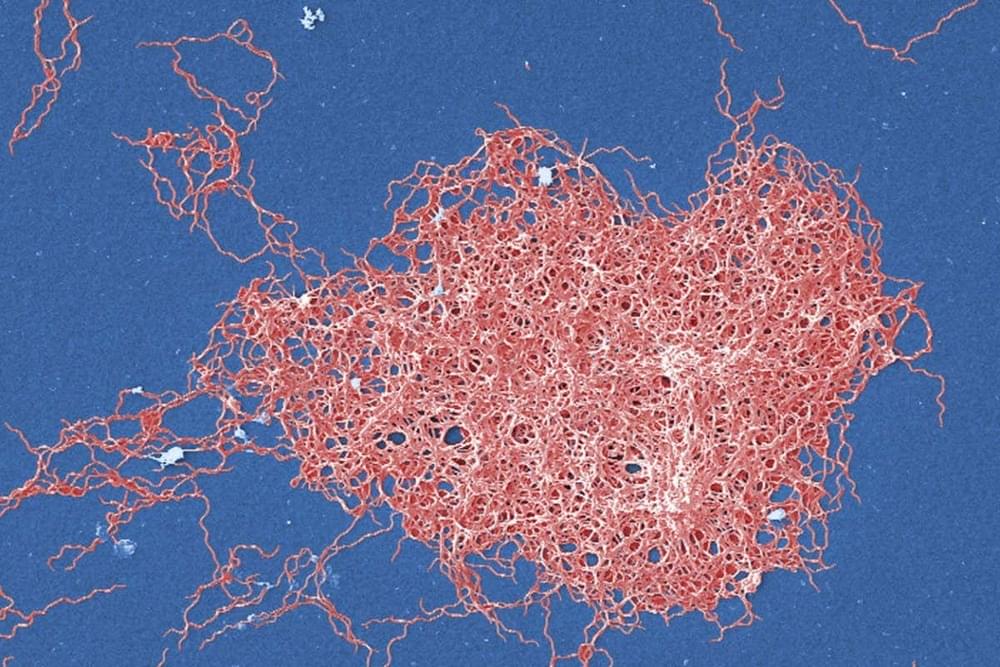By contrast, Lewis’s studies suggest it is extremely difficult for B. burgdorferi to evolve resistance to hygromycin. The chemical resembles essential nutrients that spirochaetes cannot make themselves and take up using a specific transporter, so mutations that block the take-up of hygromycin would also deprive spirochaetes of these nutrients.
Lewis says his team isn’t the first to discover the value of hygromycin. It was studied as a potential treatment for a pig disease in the 1980s but abandoned.
Vaccines against Lyme disease are also being developed, but eradicating the disease would be an even better option.
